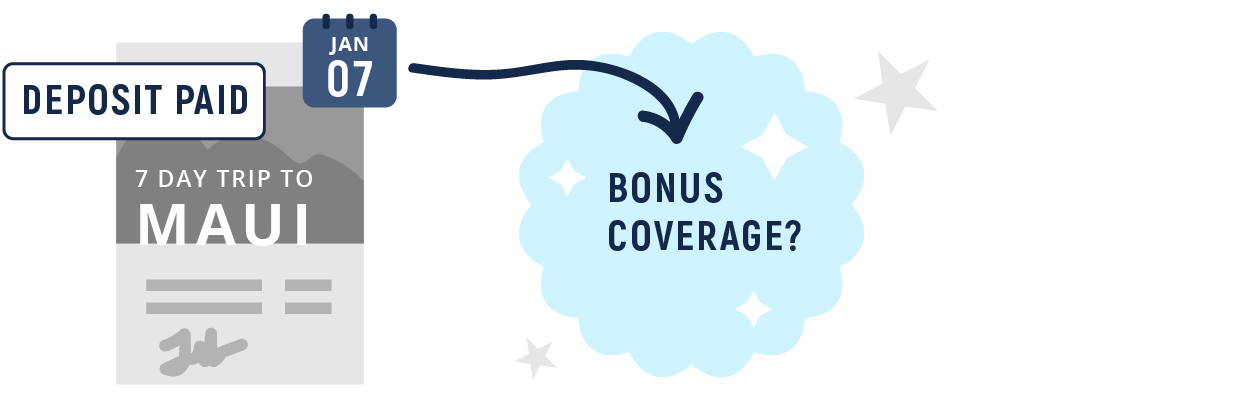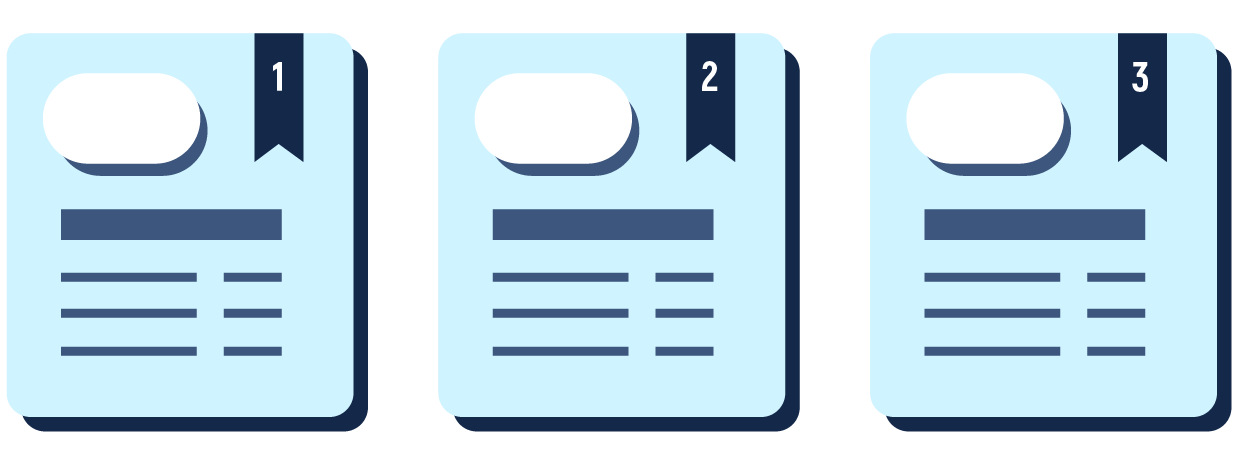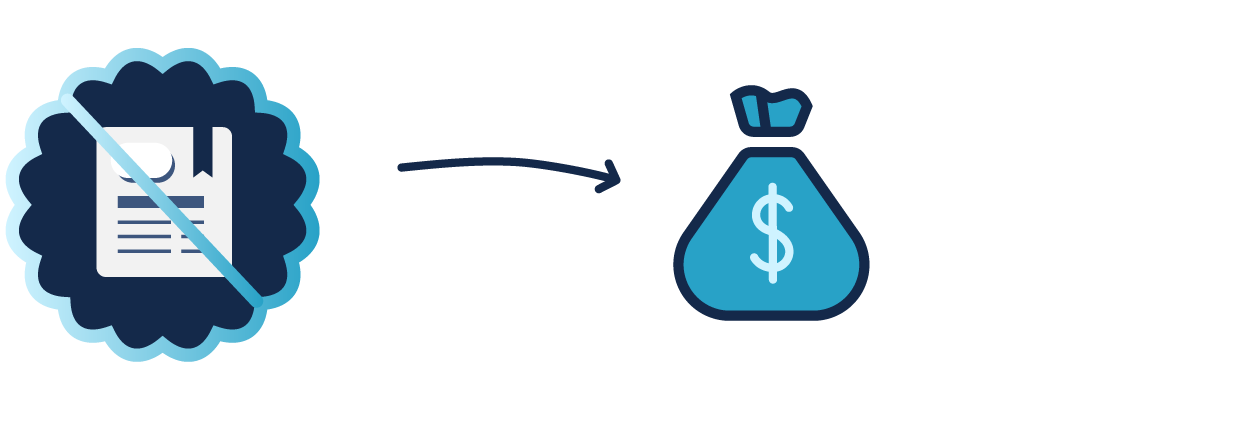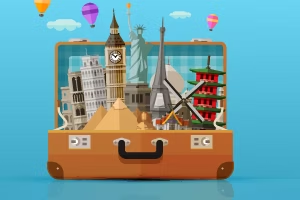Buying travel insurance is simple – just answer a few questions, get a quote, read your policy, decide if the coverage is for you, and buy. And many plans offer a “free-look” period for you to determine if you want to keep the coverage.
Chapter 7: How To Buy Travel Insurance?

Buying Travel Insurance Is A Five-Step Process
Buying travel insurance can be accomplished in five steps:
1. Answer a few questions
2. Get a quote
3. Choose your plan
4. Review the coverage and read your policy
5. Buy coverage
If you have second thoughts, many plans let you cancel coverage without obligation for a time after you buy the policy.
Let’s look at the process step-by-step:
Step 1: Answer A Few Questions
The price you pay for travel insurance depends on several factors:
- Your age
- The amount of your prepaid, non-refundable trip expenses
- The amount of coverage you’re choosing
- The number of people covered under your policy

When you start the quote process on a travel insurance website the first factors determining the price of your travel insurance will usually be your trip cost and your age.
Then you’ll be asked some details about your trip like your destination, arrival and departure dates, and the number of people traveling with you.
Answer these questions truthfully; if you don’t and have a claim, it might not be paid.
You’ll also be asked one other thing: the date you put down your initial trip deposit.
Why We Need Your Initial-Trip-Deposit Date
This date often determines whether you get bonus coverages, such as:
- Tour-operator bankruptcy protection
- In some instances, terrorism coverage
- A waiver of the exclusion for pre-existing medical conditions
Usually you need to buy travel insurance within two weeks of your initial trip deposit to qualify for these important coverages.

Some companies may only ask one or two of these questions before providing a quote, with the caveat that the price may change based on your answers to the other questions. Eventually, though, you’ll be asked them all and delivered a final quote.
Step 2: Get A Quote
Once you supply this information, you’ll be presented with a travel-insurance quote.
As we mentioned earlier, the quote may be preliminary, and your final cost may be supplied later, after you answer some additional questions.
Quotes are almost always non-binding, and have an expiration date, so if you don’t like what you’re offered, you’re under no obligation to buy.
Step 3: Choose A Plan
Depending on where you are – online at an insurance company’s website, online at an aggregator’s site, or with a travel advisor – your quote may show one plan or a dozen plans from which to choose.

Here’s how to navigate through the maze if you’re confronted with a lot of plans and don’t know how to choose:
Ask yourself why you’re buying travel insurance in the first place
Is it for emergency medical coverage more so than trip cancellation or interruption coverage? Choose the plan that provides the best coverage for your concerns or your family needs.
Remember to check if that medical coverage is primary or secondary. Meaning, if secondary, you will be required to have your health insurance cover first, including those on Medicare; travel insurance kicks in as the second wave of coverage. It’s important to note: Medicare may not provide coverage outside the U.S. Pricing also varies for primary versus secondary medical coverage.
Look at reviews, either at the site or elsewhere

Focus on:
- Claims service
- Speed of claim payments
- Customer service
- Plan and claim feedback
- Emergency assistance
Check out the financial strength of the travel-insurance company that’s underwriting the plan
All other things being equal, go with the A++-rated company over the A-rated company.

Look at the bonus coverages
If you’re buying coverage within 15 days of making your initial trip deposit, you may qualify for bonus coverages, and you might as well maximize what you get.
Look at the price
Not all companies price the same coverage the same way. If you’re on a site that compares plans from different companies, you may be surprised at the price differences. Understand what you are purchasing and the coverages your plan offers; call if you don’t.
Step 4: Review Your Coverage And Read Your Plan
Once you consider these factors and re-examine your quote, one or two plans may stand out.
If you’re online, you should be able to drill deeper into those plans and look at the policy.
Even if you’re not an insurance expert, reading your policy is a good idea. Here are some things to review:

Covered reasons for cancellation and interruption
In particular:
Hurricane and blizzard coverage
Cancellation might not be covered if a storm has already been named and you're just about to leave for a destination or airport connection in its path, or a storm has recently obliterated your destination. If you have questions about storm coverage for your specific trip, always call the travel insurance provider and ask the questions to make sure you understand the plan’s coverage and you have the coverage you need.
Terrorism
Many plans will let you cancel your trip if there’s been a recent terrorist event at your location within a recent amount of days from your arrival, but what about fear of terrorism? Fear of travel is typically not covered, unless you consider a plan with Cancel For Any Reason coverage.
Disease epidemics
Like fear of terrorism, fear of contracting a disease is not typically a covered reason for cancelling a trip, again, unless you purchase a plan where you add Cancel For Any Reason coverage. Read your policy or call the travel insurance provider to make sure.
Pre-Existing Conditions
Read this closely. Pay special attention to the “look-back” provision that states how far back in the past the plan looks to see if your condition was present.
Exclusions
What isn’t covered? Among the things to look for on the exclusions list:
Action and team sports
Usually this includes, but isn’t limited to auto racing, pro sports travel or extreme sports activities while traveling. However, there are adventure travel plans, like BHTP’s AdrenalineCare® plan available that will cover these activities so be sure to check them out.
Medical travel
Travel for the purpose of getting medical care usually isn’t covered.
Fear of the unknown to cancel
Most plans don’t cover for fear of travel or just because you want to cancel or change your plans. There has to be a covered reason. Some plans do offer Cancel For Any Reason coverage if you think you may want to “just do it.”
Luggage Limits
It’s not just the total luggage coverage. How much will the plan pay on a daily limit for items needed or how much for one item – and how are electronics treated? Often the biggest-ticket item you take with you when you travel is a computer or camera.
Step 5: Buy Coverage
If everything looks good, it’s time to buy.

Be sure to check out optional coverages – like Cancel For Any Reason or rental car collision coverage – before you buy. Sometimes you can’t add these once you’ve bought your plan.
If you buy ExactCare Extra® from BHTP, you’ll be asked for flight information as part of the buying process. This is so your flights can be tracked and you can be paid quickly when flight delays, tarmac delays, and missed connections happen.
Read your insurance documents once you receive them. Make sure everyone you want covered is listed, it is the plan you bought, and make sure everything makes sense.
If it doesn’t, now’s the time to call the insurance company and ask questions.
Don't Forget The 'Free Look'
Many plans allow you a “free look” – essentially a trial period where you can examine your plan and ensure it meets your needs.
If during the free-look period you find something in your plan you don’t like, contact the insurance company (or have your travel advisor do it for you).
If you’re not satisfied, you can cancel your plan, and as long as it’s within the free-look period you can get a full refund.

Take The Next Step To Buy travel Insurance
Travel insurance is one of your easiest travel purchases … and it’s one of your smartest. As we pointed out, getting a quote is simple, and there’s no obligation.
